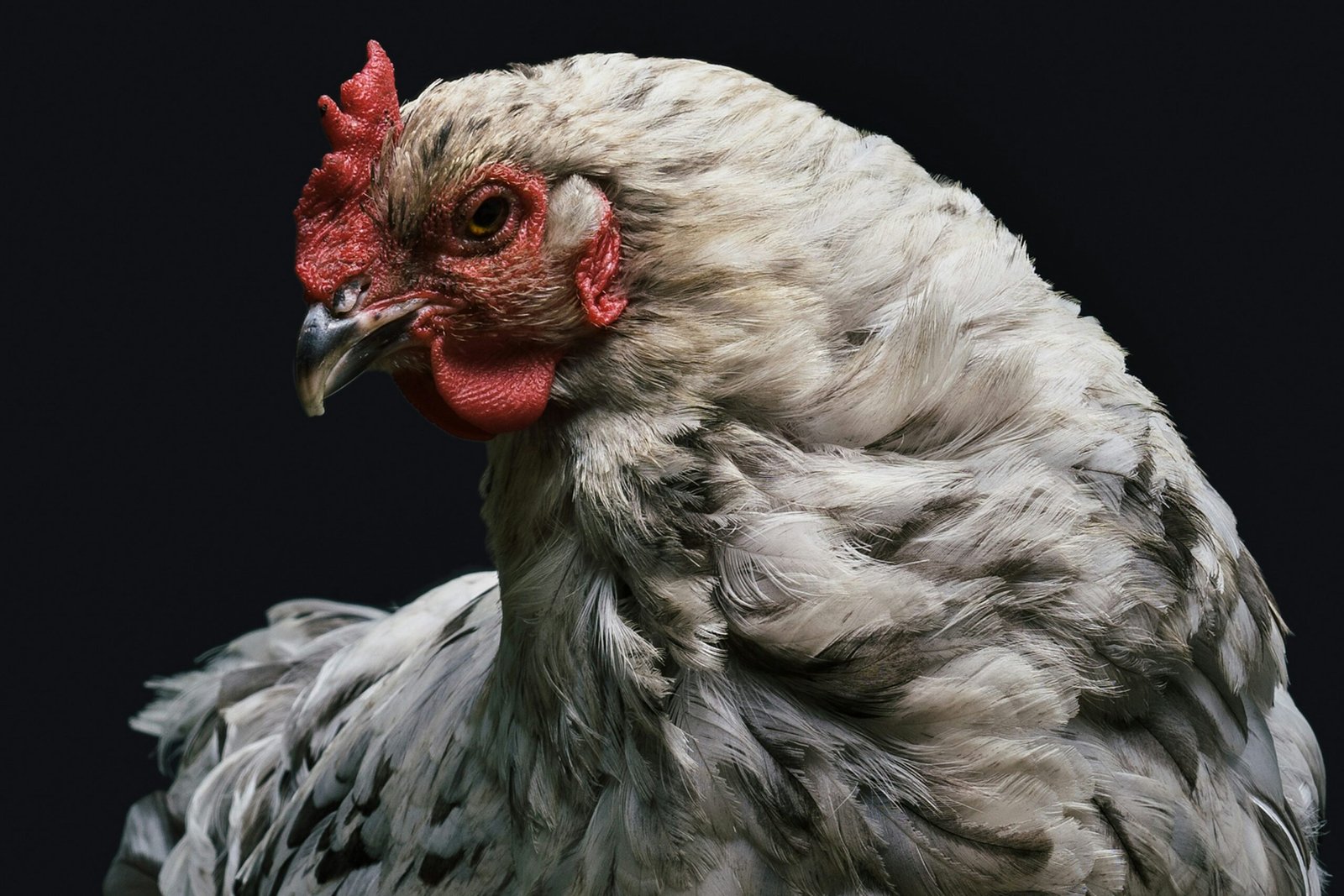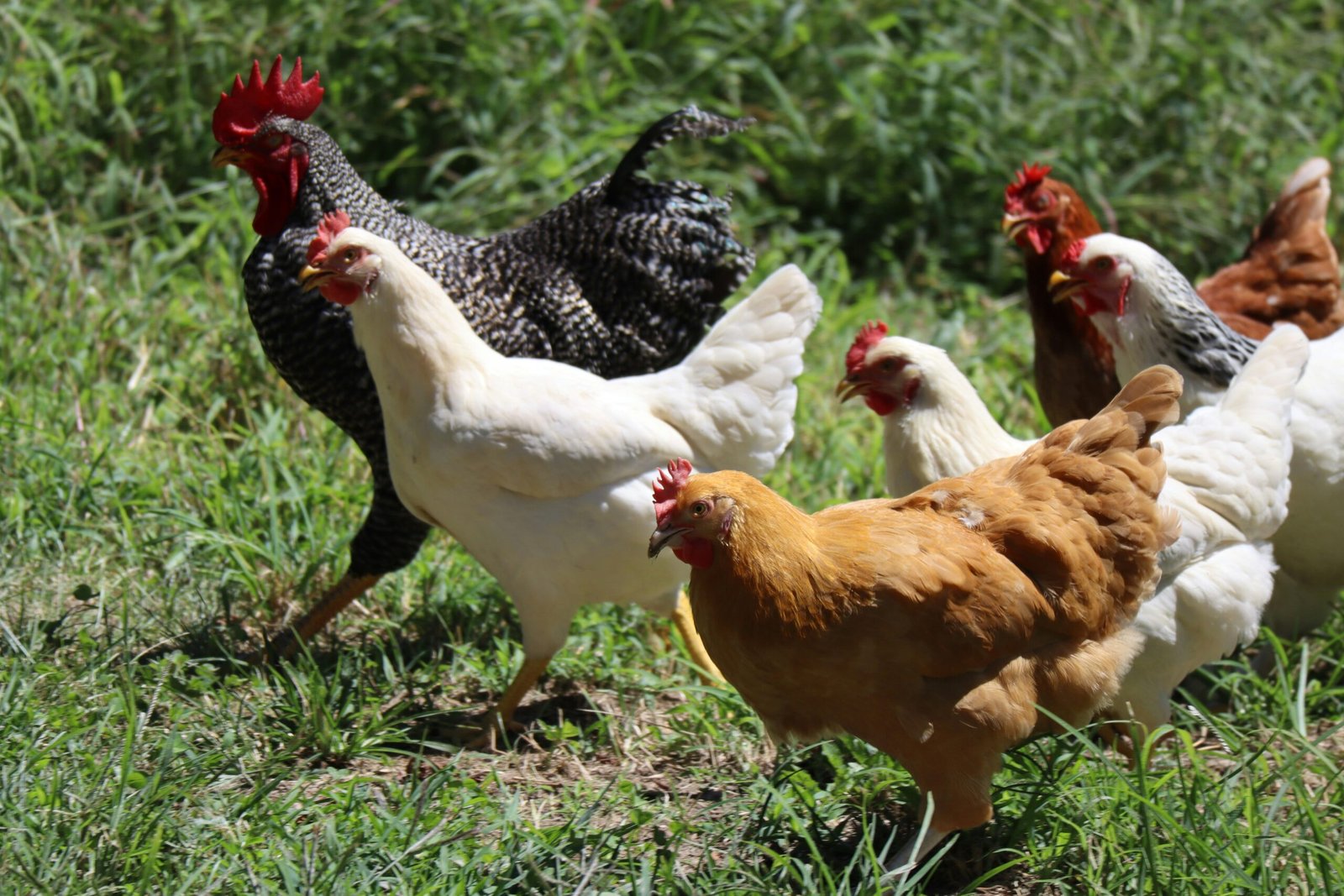Introduction
Keeping chickens can be a rewarding experience, but just like any other pet, they can sometimes get injured or fall ill. That’s why it’s important to have a chicken first aid kit on hand, stocked with all the essentials to handle common chicken emergencies. In this article, we’ll compile a list of must-have items for your chicken first aid kit, discuss common injuries and illnesses, and provide guidance on when to call a veterinarian.
Must-Have Items for Your Chicken First Aid Kit
1. Latex Gloves: Before you start treating any chicken, it’s important to protect yourself by wearing latex gloves. This helps prevent the spread of any potential infections.
2. Antiseptic Wound Spray: Chicken injuries can range from minor scrapes to deeper wounds. An antiseptic wound spray will help clean the wound and prevent infection.
3. Non-Stick Gauze Pads: Gauze pads are essential for covering wounds and preventing further injury. Make sure to use non-stick pads to avoid any discomfort or damage when removing them.
4. Vet Wrap: Vet wrap is a self-adhesive bandage that sticks only to itself, making it ideal for securing dressings or splints on your chicken’s legs or wings.
5. Scissors: A pair of sharp scissors will come in handy for cutting gauze pads, vet wrap, or any other materials you might need during treatment.
6. Tweezers: Tweezers can be used to remove any debris or foreign objects from wounds. Make sure to sanitize them before and after use.
7. Hydrogen Peroxide: Hydrogen peroxide can be used to clean wounds, but it should be used sparingly and only on minor injuries. Consult a veterinarian for deeper wounds or if you’re unsure.
8. Electrolyte Solution: Chickens can become dehydrated due to illness or injury. Having an electrolyte solution on hand will help replenish their fluids and provide necessary nutrients.
9. Heat Lamp: In case of hypothermia or cold stress, a heat lamp can provide warmth and prevent further complications. Make sure to follow safety instructions and keep it at a safe distance.
Common Chicken Injuries and Illnesses
1. Bumblefoot: Bumblefoot is a common condition in chickens, characterized by a swollen, infected foot pad. Treatments may include soaking the foot in warm water with Epsom salts, applying antibiotic ointment, and providing a clean and comfortable environment for healing. If the condition worsens or doesn’t improve, it’s best to consult a veterinarian.
2. Wing Injuries: Wing injuries can occur due to predator attacks, flying accidents, or even getting caught in fences. If a wing is bleeding, clean the wound, apply an antiseptic, and bandage it with vet wrap. Keep the chicken in a safe and quiet environment to allow healing. If the wing is visibly broken or the bleeding doesn’t stop, seek veterinary assistance.
3. Respiratory Infections: Chickens are susceptible to respiratory infections, especially in crowded or poorly ventilated environments. Symptoms may include coughing, sneezing, nasal discharge, and difficulty breathing. Isolate the affected chicken, provide clean bedding, and ensure good ventilation. If the symptoms worsen or persist, consult a veterinarian.
4. Heat Stress: Chickens can suffer from heat stress, especially during hot summer months. Signs of heat stress include panting, droopy wings, and lethargy. Move the chicken to a shaded and well-ventilated area, provide fresh water, and use a misting system or wet towels to help cool them down. If the chicken’s condition doesn’t improve, seek veterinary advice.
When to Call a Veterinarian
While a well-stocked chicken first aid kit can handle many minor injuries and illnesses, there are situations where it’s best to call a veterinarian:
– Deep or severe wounds that require stitches or professional care.
– Broken bones or dislocations.
– Prolonged or persistent symptoms that don’t improve with home treatment.
– Any signs of egg binding, such as a chicken straining to lay an egg without success.
– Unusual behavior or sudden changes in appetite, droppings, or overall health.
Remember, it’s always better to be safe than sorry when it comes to your feathered friends. Having a well-equipped chicken first aid kit and knowing when to seek professional help will ensure that your chickens receive the care they need in times of emergencies.
Conclusion
A chicken first aid kit is an essential tool for any backyard chicken keeper. By assembling a kit with the must-have items mentioned above and familiarizing yourself with common injuries and illnesses, you’ll be well-prepared to handle most chicken emergencies. Just remember, in serious cases, don’t hesitate to call a veterinarian. With the right supplies and knowledge, you can provide your feathered friends with the care they deserve!



